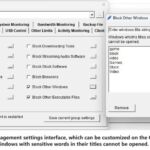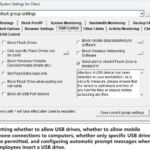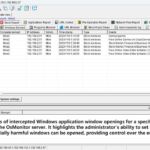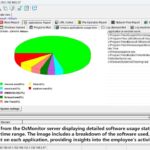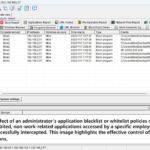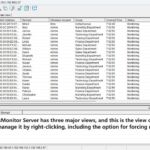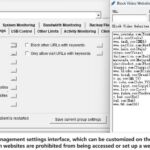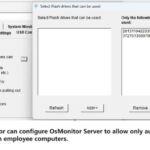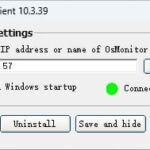Using recursive algorithms to verify the integrity of crucial data within internal network management software is akin to meticulously examining important contracts through a magnifying glass to ensure they conform to agreed-upon terms. This process elevates both the quality and security of the data. This seemingly effortless step guarantees the authenticity of the data while preempting any potential errors or vulnerabilities.
Here's an in-depth breakdown of the steps and considerations involved in using recursive algorithms to verify the integrity of important data within internal network management software:
- Select the Appropriate Data Structure: Crucial data within internal network management software often exists in various forms of data structures, such as trees, graphs, lists, and hash tables. Choose a suitable data structure based on the data's characteristics to facilitate recursive traversal and validation.
- Define Integrity Rules: Begin by precisely defining the integrity rules for the critical data. This could encompass specific data formats, value ranges, constraint conditions, and more. Defining these rules ensures the data's integrity.
- Design the Recursive Function: Create a recursive function that can traverse each node or element within the data structure. Depending on the type and nesting of the data structure, the function should invoke itself recursively to traverse all levels.
- Recursively Traverse and Validate: Within the recursive function, perform the following steps for each node or element:
- Validate whether the data within the node adheres to the defined integrity rules.
- If the node has child nodes or elements, recursively call the function to validate the integrity of these child nodes or elements. - Handle Inconsistencies: If inconsistencies are identified during the traversal and validation process, take appropriate action based on the circumstances. This may involve data correction, logging exceptions, triggering alerts, and more.
- Test Coverage Scope: Ensure that the recursive function covers all levels and paths of crucial data. Conduct comprehensive testing to ensure the algorithm correctly verifies data integrity under different scenarios.
- Performance Optimization: Recursive algorithms can potentially lead to performance issues, especially with deep data structures. Consider utilizing memoization techniques (such as caching validated nodes) to prevent redundant calculations and enhance performance.
- Exception Handling: Given that incomplete data or exceptional situations within the data structure can cause recursive algorithm errors, implementing suitable exception handling mechanisms is essential.
However, it's important to note that using recursive algorithms is a bit like adding the final touch to a masterpiece—it requires skillful execution. Much like honing a finely crafted blade, exercise caution when designing, implementing, and testing recursive algorithms. Ensuring their accuracy and smooth efficiency is crucial to advancing the security and stability of internal network management software to new heights.
About OsMonitor:
The mission of OsMonitor is to create a Windows computer system tailored for work purposes, effectively regulating employee computer behavior. It enables employers to understand what employees are doing each day, monitoring every action, including screen activity and internet usage. Additionally, it restricts employees from engaging in specific activities such as online shopping, gaming, and the use of USB drives.
OsMonitor, designed purely as software, is remarkably user-friendly and requires no additional hardware modifications. A single management machine can oversee all employee computers. As a leading brand in employee computer monitoring software with over a decade of successful operation, OsMonitor has rapidly captured the global market with its minimal file size and excellent cost-effectiveness compared to similar software. At this moment, thousands of business computers worldwide are running OsMonitor daily.











